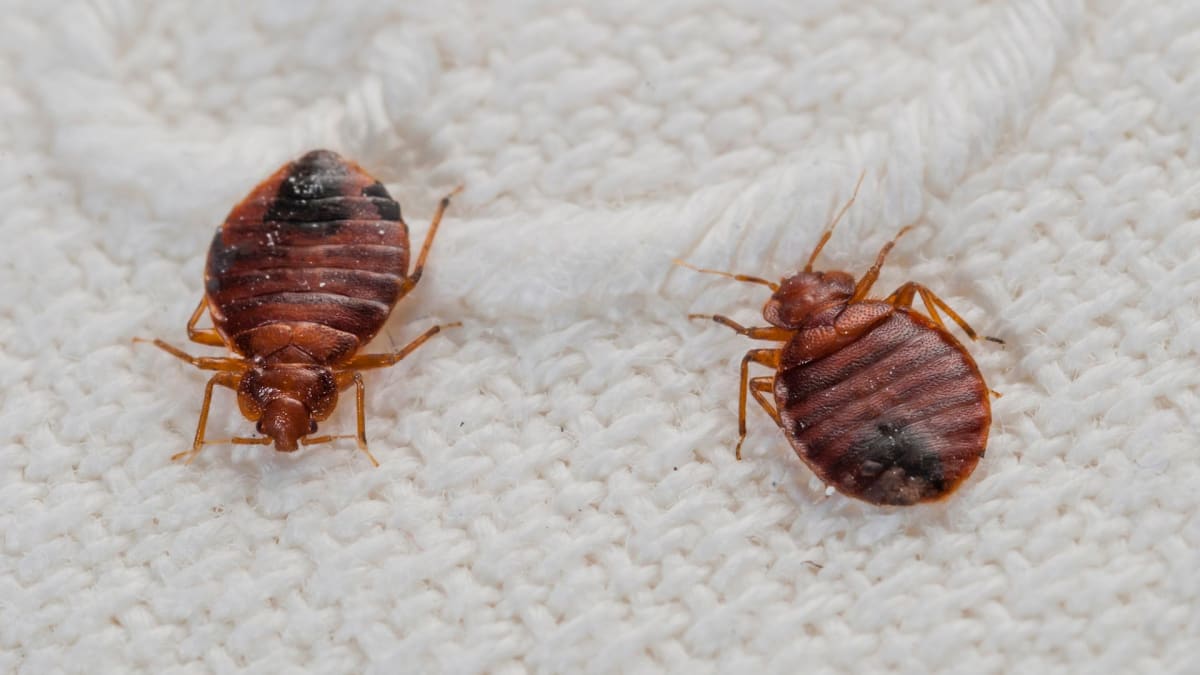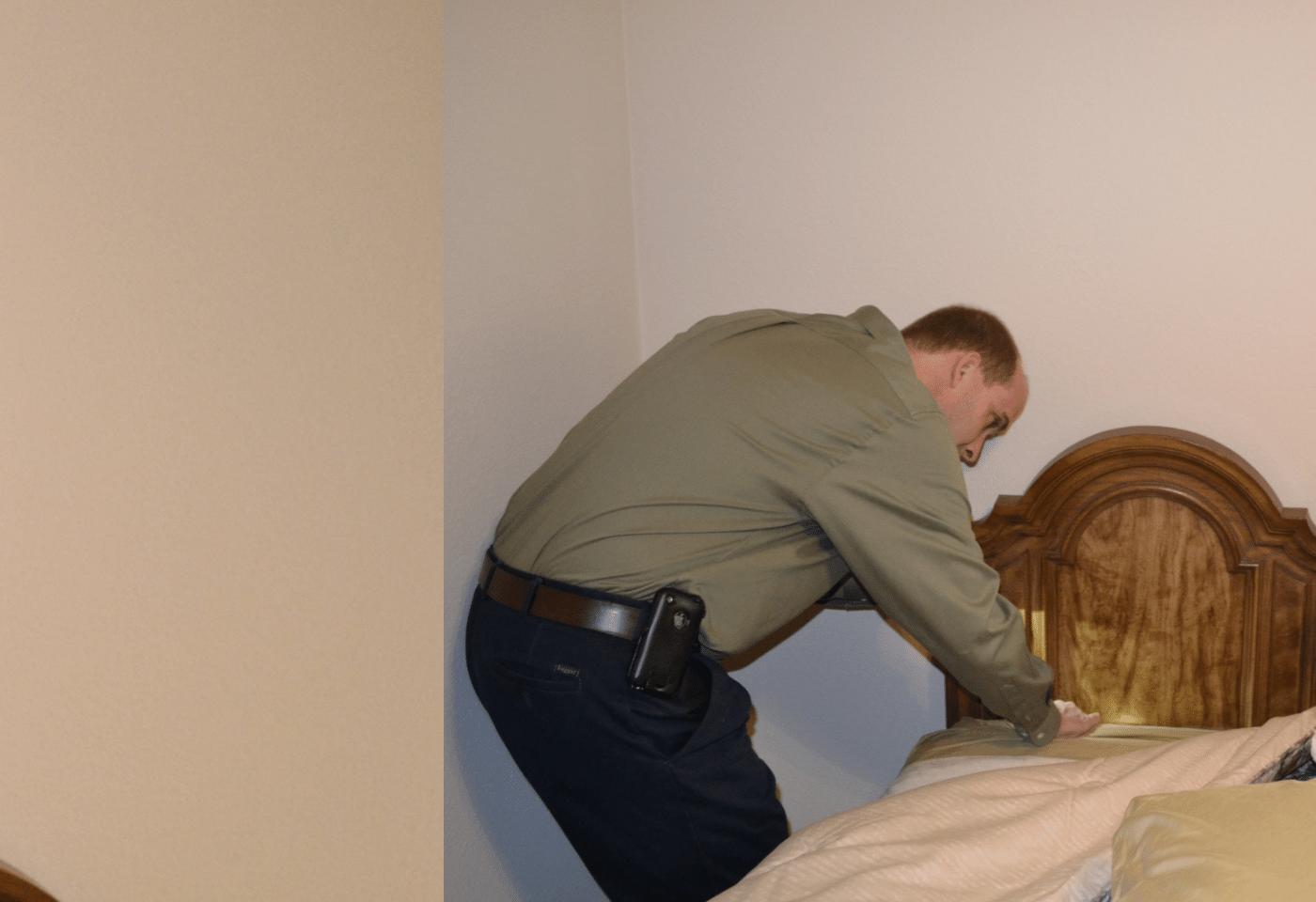Leading A1 Bed Bug Treatment in Houston - Quick and Affordable
Leading A1 Bed Bug Treatment in Houston - Quick and Affordable
Blog Article
Recognizing the Lifecycle of Pests for Targeted Control Approaches
Comprehending the lifecycle of pests is a basic element of effective insect management strategies. Via a deeper understanding of exactly how pests flourish and develop, customized control techniques can be made to address certain points in their lifecycle, eventually leading to even more successful insect monitoring outcomes.
Value of Understanding Insect Lifecycle
Recognizing the lifecycle of parasites is essential for developing efficient and targeted control techniques in bug monitoring. By understanding the numerous phases a bug goes with from egg to adult, insect control experts can identify susceptible points in the lifecycle where intervention can be most effective.
Moreover, identifying the details ecological problems required for each stage of the parasite's lifecycle can lead choices on habitat modification or exclusion approaches to disrupt the lifecycle and reduce pest populations. This knowledge enables pest management professionals to apply aggressive procedures as opposed to relying solely on responsive therapies, resulting in more lasting and lasting pest control remedies. Inevitably, a comprehensive understanding of insect lifecycles empowers pest control practitioners to customize their strategies efficiently, making the most of and minimizing ecological impacts control end results.
Secret Stages in Bug Advancement
To properly carry out targeted control techniques in pest monitoring, a vital aspect hinges on adequately identifying and understanding the crucial phases in parasite development. Pest development commonly is composed of numerous key stages that are important for their lifecycle and administration. The initial phase is the egg phase, where pests lay eggs that later hatch into larvae. Larvae then progress into pupae, a stage where they go through transformation before becoming grown-up parasites. Recognizing these phases is essential as it helps in pinpointing susceptible points in the lifecycle where control steps can be most efficient.

Vulnerabilities in Pest Lifecycle
Throughout the various phases of an insect's lifecycle, distinct vulnerabilities arise that can be tactically targeted for efficient control steps. One important vulnerability hinges on the egg phase, where insects are often more at risk to specific insecticides or biological control agents because of their soft external covering, making them much easier targets for treatment. Additionally, the nymph or larval phase offers vulnerabilities as pests undertake quick development and advancement, calling for high energy intake that can be manipulated by interrupting their food resources or introducing development inhibitors. Pupal stages, characterized by stability and transformation, provide a home window for targeted control via physical obstacles or details treatments that impede effective appearance. Adult bugs, while a lot more resistant due to their reproductive ability, can still be at risk throughout breeding or egg-laying tasks, which can be interfered with via scent catches or sanitation methods. Recognizing these susceptabilities in the More Info parasite lifecycle is important for establishing effective and exact control methods that successfully important site take care of pest populations while reducing environmental impact.
Executing Targeted Control Measures

Implementing targeted control actions normally involves a multi-faceted strategy. This might include environment alteration to make the atmosphere less friendly to bugs, such as eliminating standing water for insect control or sealing entrance points for rats. Additionally, biological control methods can be used, where all-natural predators or virus are introduced to maintain insect populaces in check.
Integrated Insect Administration (IPM) methods that combine various control measures in a worked with and sustainable fashion are typically the most effective in attaining long-term parasite monitoring objectives. By carrying out targeted control steps based on an extensive understanding of insect lifecycles, pest populaces can be successfully controlled while minimizing threats to human health and wellness and the environment.
Enhanced Parasite Administration Practices

Moreover, the incorporation of biological control representatives, such as all-natural predators or microorganisms of parasites, can help minimize dependence on chemical pesticides and advertise a more balanced ecological community. Implementing physical barriers and traps can additionally become part of enhanced insect monitoring techniques, offering non-toxic and targeted options for bug control. In addition, making use of pheromones and other semiochemicals can interrupt pest breeding patterns and interaction, bring about reduced insect populations gradually.
Verdict
To conclude, understanding the lifecycle of insects is vital for reliable parasite monitoring strategies. By identifying essential stages in insect development and vulnerabilities in their go to website lifecycle, targeted control procedures can be carried out to decrease parasite populaces. Boosted bug monitoring techniques can aid lower the dependence on broad-spectrum chemicals and advertise more environmentally friendly and lasting parasite control approaches. This expertise plays a vital role in maintaining healthy and balanced ecosystems and farming performance.
Recognizing the lifecycle of insects is vital for developing efficient and targeted control techniques in parasite administration. By comprehending the different stages a pest goes with from egg to grownup, insect control specialists can determine vulnerable factors in the lifecycle where treatment can be most successful. Inevitably, a complete understanding of insect lifecycles encourages insect control experts to tailor their methods effectively, making best use of and reducing ecological impacts control results.
By applying targeted control steps based on a complete understanding of pest lifecycles, insect populaces can be properly controlled while lessening threats to human health and the atmosphere.
By recognizing vital stages in insect advancement and susceptabilities in their lifecycle, targeted control measures can be executed to reduce bug populaces.
Report this page